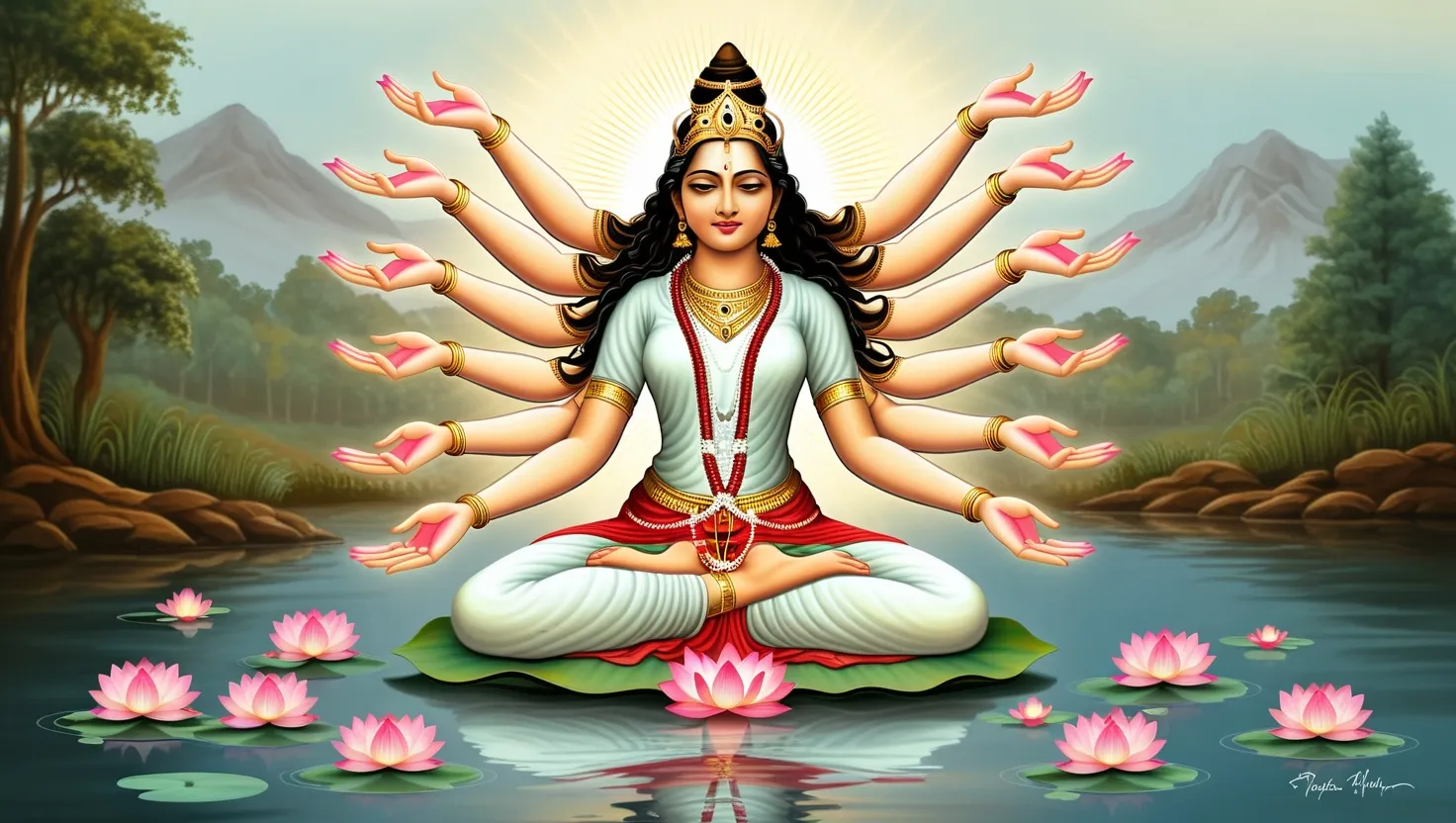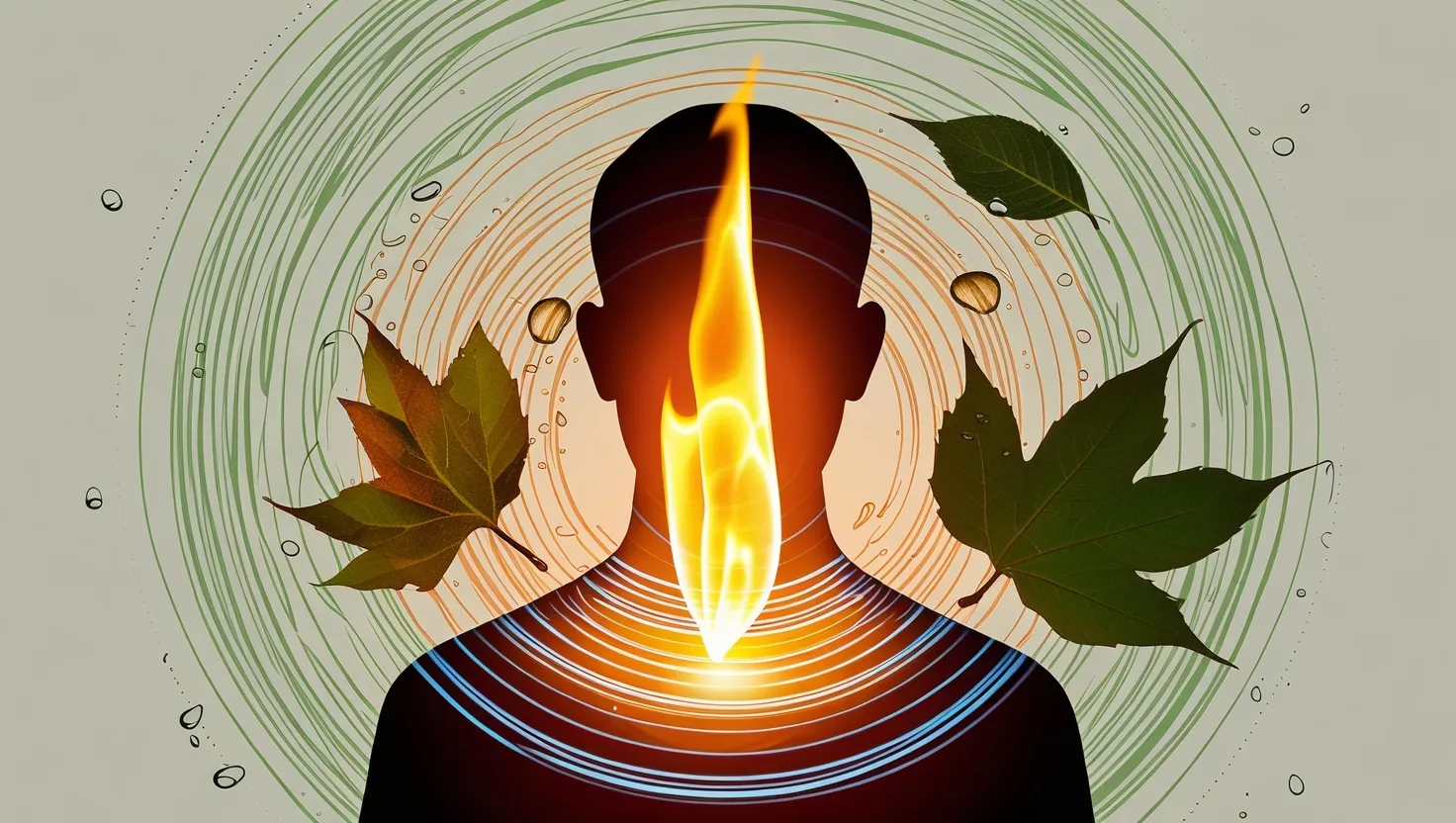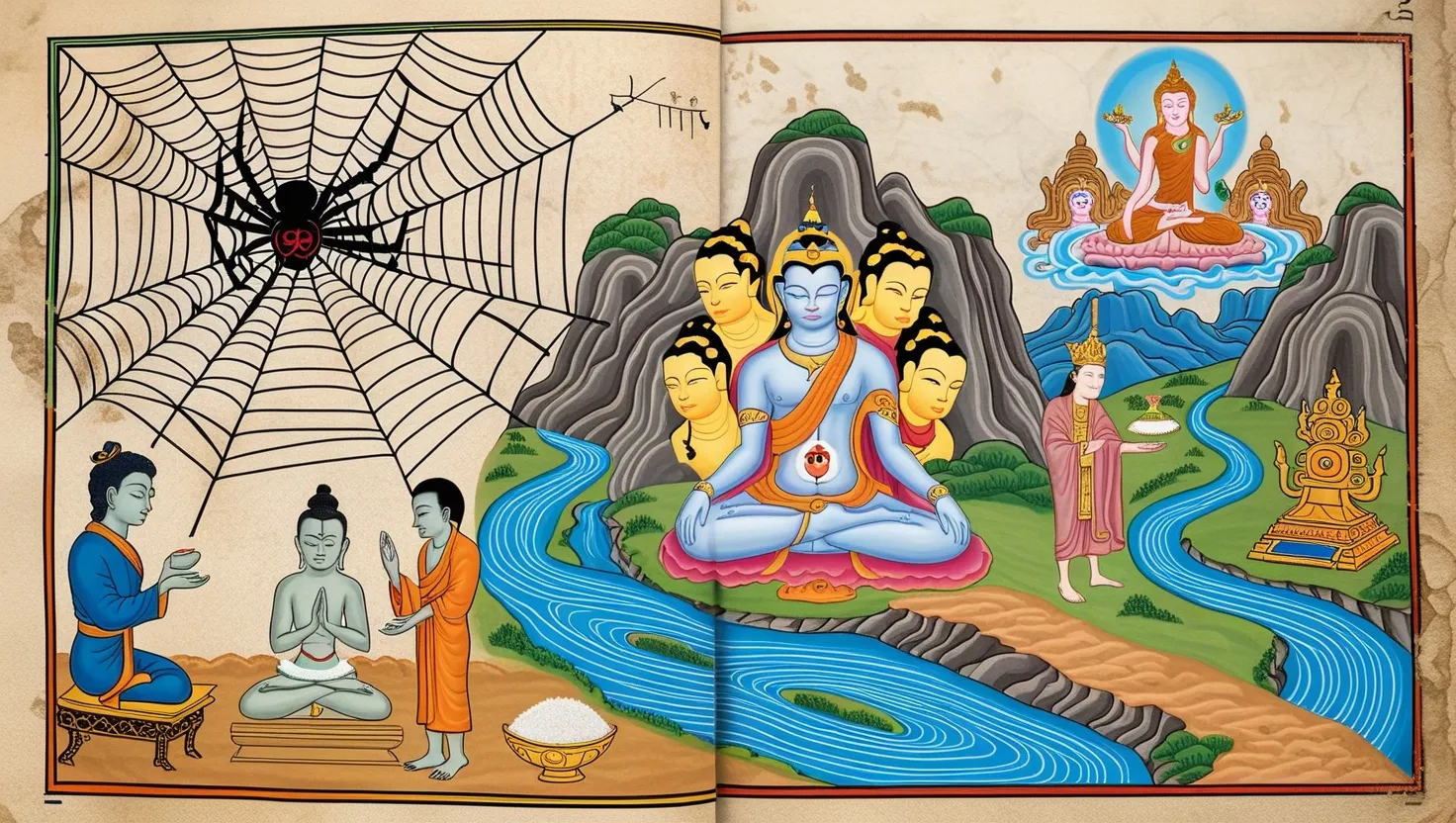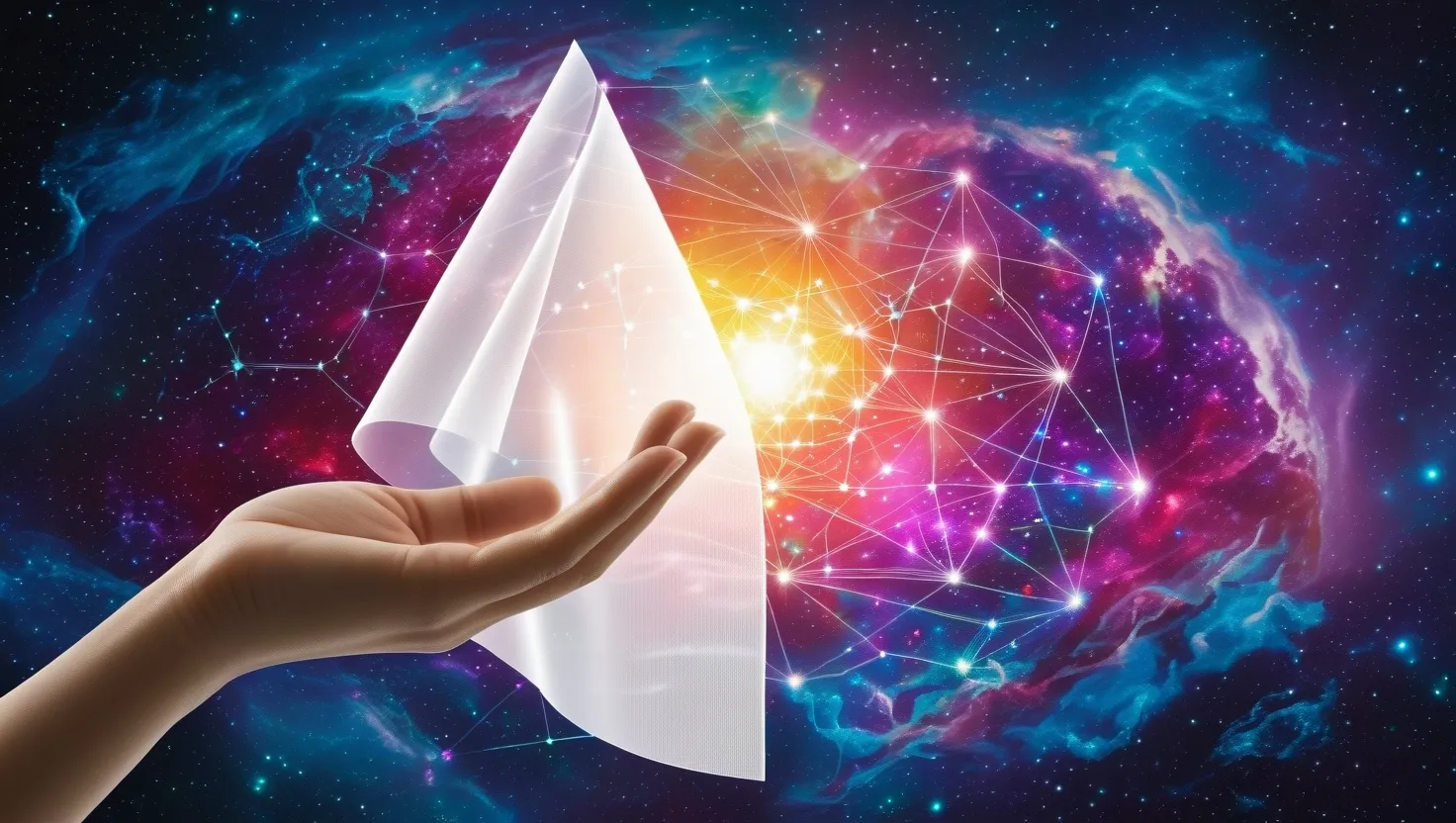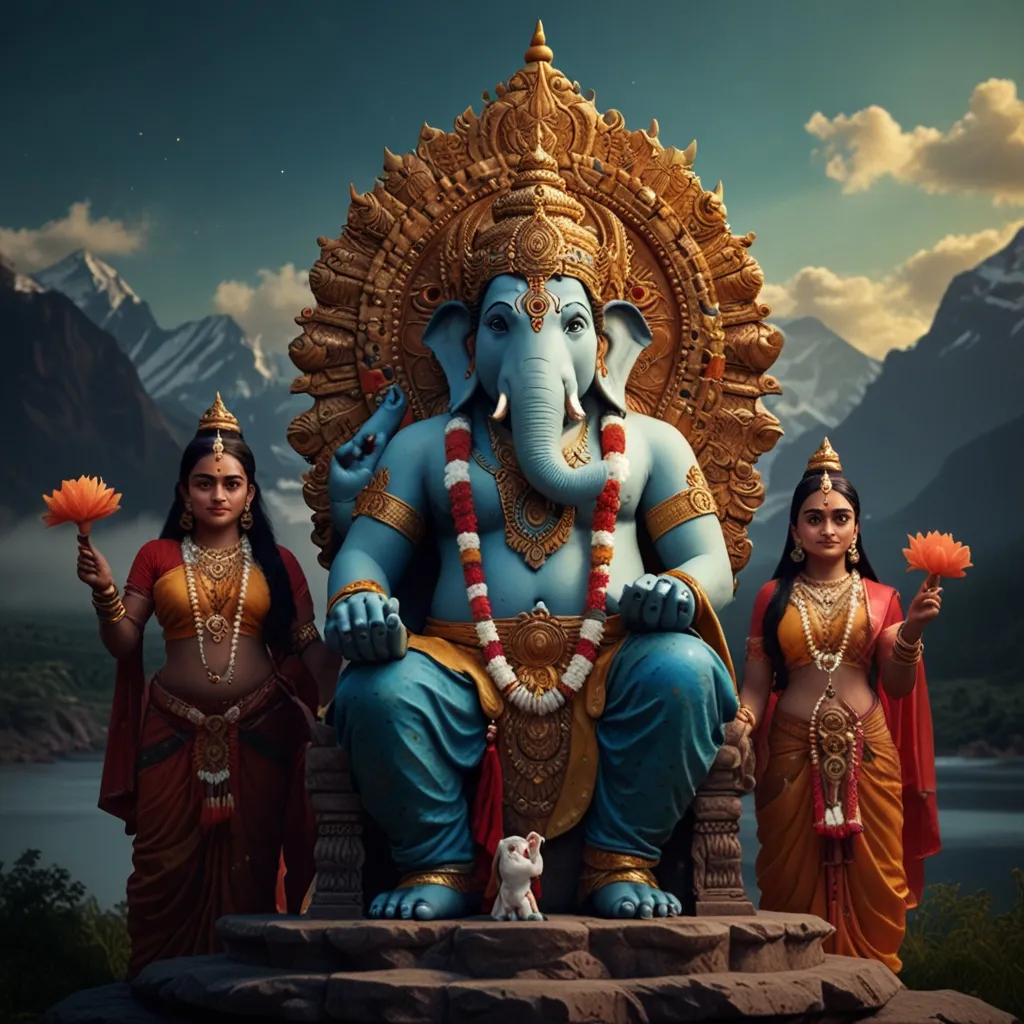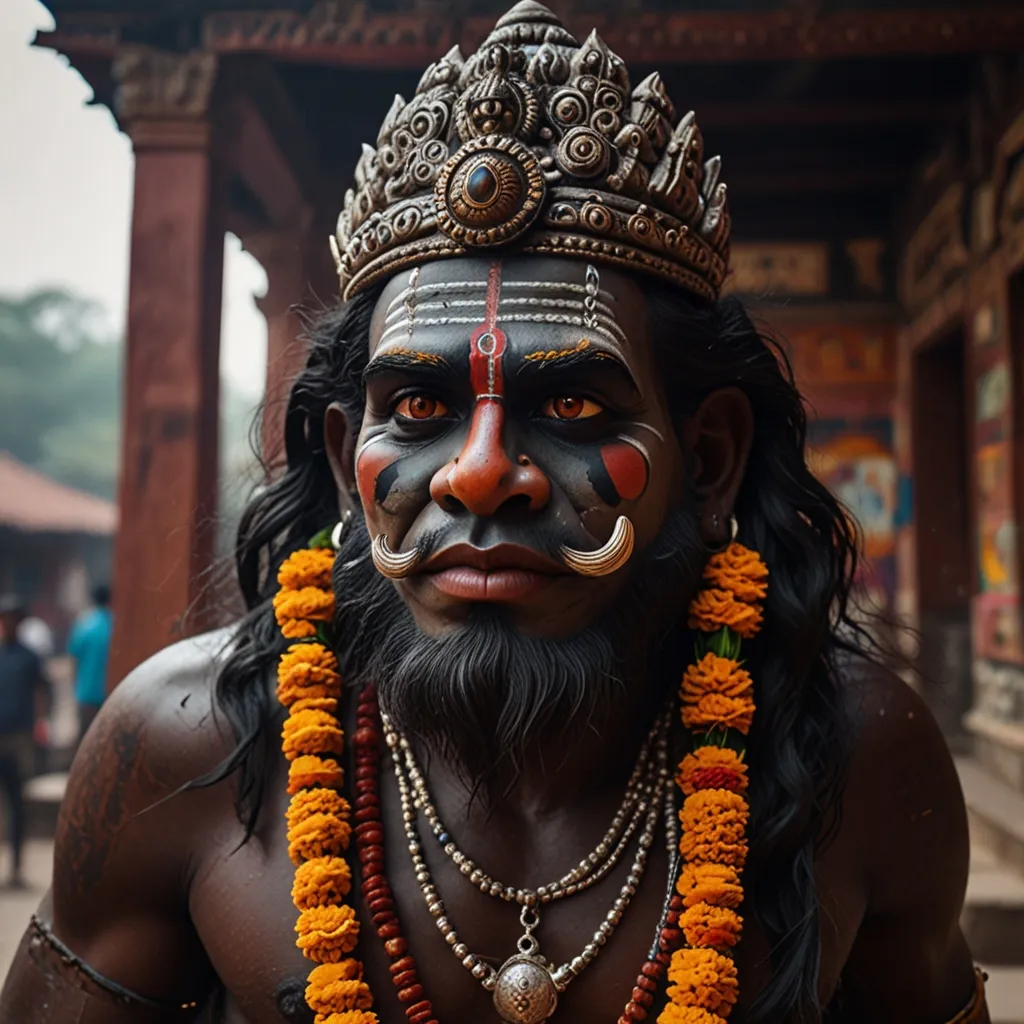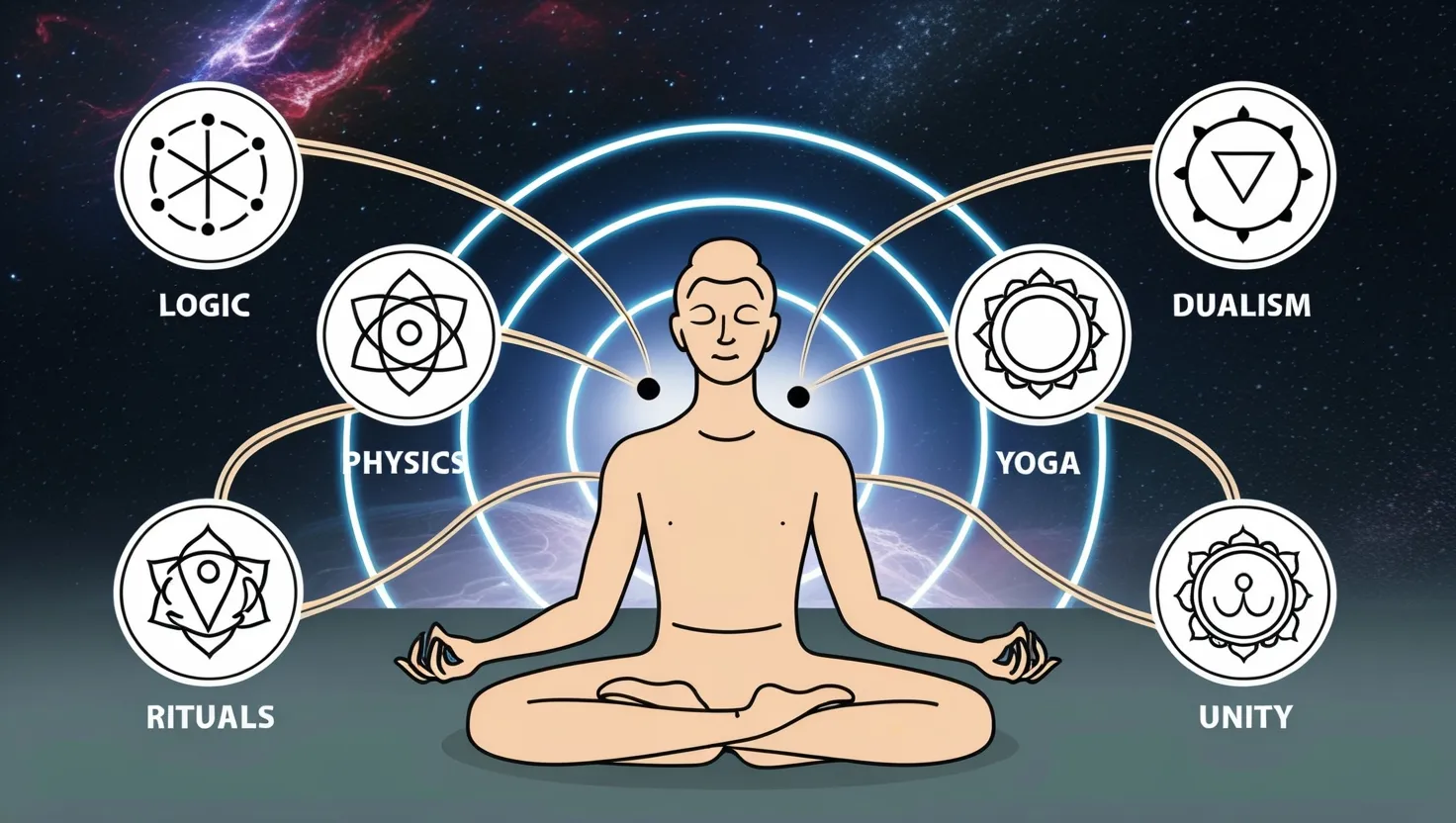If I asked you to close your eyes and picture the essence of divine feminine wisdom from one of India’s oldest texts, what would you see? For me, the Padma Purana stands as a river of stories—each ripple reflecting another subtle insight into power, grace, and subtlety that belong equally to gods and humans, to the cosmos and to you and me.
Let’s begin with Lakshmi, who springs from the cosmic churning of the ocean—a scene often described, but have you really ever wondered what it means, beneath the surface? Lakshmi doesn’t simply appear as a prize wrested from chaos. Instead, she is born of the collaboration of rivals, emerging only when gods and demons come together in shared struggle. Doesn’t this suggest that true prosperity springs not from peace or conflict alone, but from the messy business of cooperation? And remember, Lakshmi chooses her own consort, aligning herself with Vishnu’s stability. In a world where abundance is so often a matter of luck or inheritance, this tale reminds me that wealth finds its place with those who preserve order—integrity is not just good policy, it’s a cosmic requirement.
“Where there is woman, there is magic.” — Ntozake Shange
Now think of Sita, whose journey through hardship and exile is legendary. Sita’s story is not about grand conquests; it’s about a quiet, inner resilience. Her strength is not loud. She absorbs every setback with a calm that borders on the miraculous, and yet, her enduring patience and loyalty becomes the grit that holds everything together. How often do we underrate the power of simply enduring with dignity? Her ordeal in the forest and captivity shows that sometimes, it’s not the fighters, but those who hold fast to their values, who shape destinies.
“Do not be daunted by the enormity of the world’s grief. Do justly, now. Love mercy, now. Walk humbly, now. You are not obligated to complete the work, but neither are you free to abandon it.” — The Talmud
Let’s pause to ask ourselves: What does real power look like? Is it thunder and spectacle, or is it quiet, persistent purpose? The Padma Purana says: both.
Savitri commands a seldom-told spotlight. She doesn’t wage war with weapons, but meets the very embodiment of death itself—Yama—and wins her husband’s life back through dialogue, wit, and unwavering devotion. She negotiates with the cosmos, showing that intellect and love together can bend even destiny’s iron rule. Have you ever thought about devotion as an act of courage? Savitri’s story redefines faith not as passive acceptance, but as a spirited conversation with fate.
Oscar Wilde once quipped, “The heart was made to be broken.” Yet, Savitri teaches us that the heart, when filled with clear purpose, can mend even what gods decree as lost.
To meet Durga is to stand before paradox. She is composed of the very powers of the gods, synthesized into one unstoppable energy. Facing Mahishasura, Durga doesn’t just fight—she restores order when every other power fails. It’s fascinating that her victory comes not from brute force, but from the balance of many strengths, each contributing to her being. In a world still debating the meaning of “strength,” Durga’s story reminds me that the deepest power often arises when we allow many different energies, skills, and even vulnerabilities to work in harmony.
“Courage is grace under pressure.” — Ernest Hemingway
The Purana also devotes great attention to festival and ritual, most notably Diwali, where Lakshmi is welcomed into every home. Here we find an insight often passed over: the spiritual doesn’t stand apart from the everyday. Lighting lamps and setting out sweets express reverence not just in grand temples, but on kitchen floors and dining tables. The sacred and the routine are not separate. Have you ever wondered why rituals seem to persist while philosophies fade? It may be that these daily acts weave spirituality into the very grain of existence, ensuring the feminine remains a living, breathing part of the world.
Anasuya’s story is another quiet marvel. She reduces the greatest trinity—Brahma, Vishnu, Shiva—into giggling infants, demonstrating a power that comes from chastity and humility, rather than proclamation. Humility and self-control here are transformative, so profound they can disarm even the gods. It’s tempting to see humility as weakness, but this narrative flips that script. Is it possible that the true spiritual authority doesn’t shout, but whispers and gently remakes the universe?
“To the mind that is still, the whole universe surrenders.” — Lao Tzu
The Padma Purana’s sacred geography is saturated with divine feminine presence. Rivers, forests, and mountains are not just landscapes but beings—often female—that nurture, create, and dissolve through cycles of abundance and scarcity. The Ganges, personified as a goddess, is revered not simply for its material life-giving properties, but as a spiritual mother whose grace flows through every drop of water. When I consider this, I’m reminded how ecological respect isn’t just practical, but a spiritual imperative woven through ancient stories. The earth is not a backdrop, but a living participant, shaped in the image of the feminine.
Let me take an unexpected turn—into transformation and gender. The Padma Purana holds tales where sages like Arjuna and Narada undergo spiritual transformations into feminine form. These stories aren’t just myths about gods and magic; they invite us to ask what it means to be “female” on a spiritual level. In many Indian traditions, to become receptive, to surrender the self, is to become open to the divine—qualities described as feminine, but available to all. What does this idea mean for us today? Are there ways in which true insight demands a softening, a letting go?
“Everything in the universe is within you. Ask all from yourself.” — Rumi
The divine feminine, as illustrated in the Padma Purana, isn’t a static ideal. It is movement, negotiation, endurance, authority, nurture, and transformation—sometimes subtle, sometimes overt. These stories show women and goddesses as makers, preservers, and breakers of worlds, often in the same breath.
So as I reflect on these seven insights, I find myself wondering: what would change if we viewed our lives through this lens? If success meant not just accumulating, but harmonizing? If perseverance meant more than waiting, but instead quietly shaping what endures? If courage meant negotiation with destiny, and humility carried within it the power to cradle creation itself? Would our relationship with the world, with each other, and with ourselves be different?
I invite you to sit with these stories—not to memorize, but to imagine. The Padma Purana doesn’t preach so much as it nudges us to consider that wisdom often wears unexpected faces. Sometimes she rides a lion into battle, sometimes she plants rice with her hands, and sometimes, she waits in stillness by the river, reminding us that there is power in gentleness, and that the divine feminine is less a mystery to be solved than a presence to be felt and lived, every day.
“To the ordinary, she is a mystery. To those who can really see, she is the answer.”
